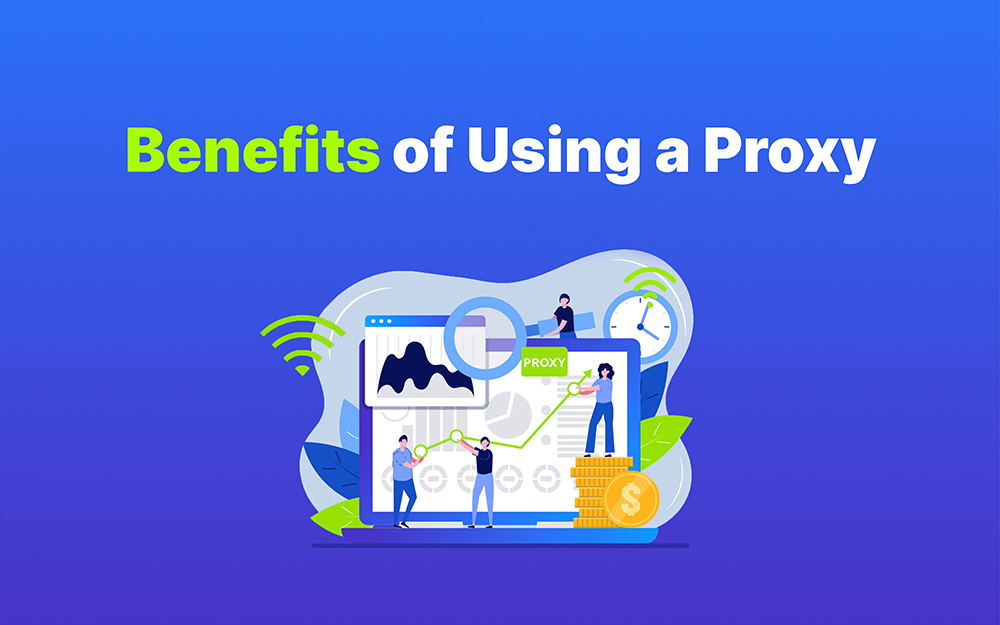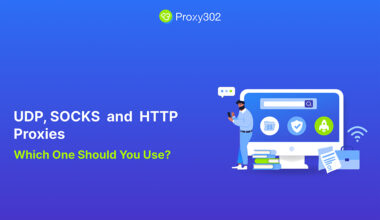Ever wondered how large websites manage to deliver content swiftly and securely to millions of users worldwide? The secret often lies in the use of reverse proxies. This guide will unravel the mystery behind reverse proxies, exploring what they are, how they work, and why they are indispensable in today’s digital landscape. Whether you’re a tech enthusiast or a business owner looking to optimize your web services, this guide will equip you with the knowledge you need.
What is a Reverse Proxy?
A reverse proxy is like a middleman between the internet and your web server. It acts as an intermediary, receiving requests from clients (such as web browsers) and forwarding them to the appropriate backend server. Once the server processes the request, the reverse proxy sends the response back to the client. This setup not only helps manage traffic but also enhances security and performance.
How Reverse Proxies Work
Technical Overview
Imagine a bustling city intersection managed by a traffic cop. The cop directs cars (requests) to the correct lanes (servers), ensuring smooth flow and preventing congestion. Similarly, a reverse proxy directs incoming internet traffic to the right server based on factors like load, server health, and content type.
Diagram
To visualize this, picture a flowchart where client requests enter through the reverse proxy, which then routes them to one or more backend servers. The servers process the requests and return the data to the proxy, which then delivers it to the clients. This seamless flow is crucial for efficient web operations.
Comparison with Forward Proxies
While a reverse proxy handles requests on behalf of servers, a forward proxy acts on behalf of clients. Think of a forward proxy as a personal assistant who fetches information for you, while a reverse proxy is more like a receptionist who manages incoming calls for a company.
Key Benefits of Using a Reverse Proxy

Load Balancing
One of the standout features of reverse proxies is load balancing. Just like a restaurant manager distributing customers among waitstaff to ensure no one is overwhelmed, reverse proxies distribute incoming traffic across multiple servers. This not only optimizes resource use but also prevents any single server from being overwhelmed, thereby enhancing the overall performance and reliability of the website.
Security Enhancements
Reverse proxies add a layer of security by concealing the backend servers from clients. This is akin to having a security guard at the entrance of a building who checks visitors before they enter. By doing so, reverse proxies protect against direct attacks on the servers, such as DDoS attacks, and can also filter out malicious traffic.
SSL Termination
Handling SSL/TLS encryption and decryption can be resource-intensive for servers. Reverse proxies can offload this task, performing the encryption and decryption themselves—this is known as SSL termination. It’s like having a dedicated team to handle all the paperwork, allowing your main team to focus on core tasks.
Caching and Compression
By caching frequently requested content, reverse proxies reduce the load on backend servers and speed up content delivery. This is similar to a library where popular books are placed in easy-to-access locations. Additionally, they can compress data, reducing bandwidth usage and improving load times for users.
Web Acceleration
Reverse proxies can optimize content delivery by compressing files and using techniques like HTTP/2 to speed up the transfer of data. This acceleration is crucial for maintaining fast, responsive websites, particularly for users with slower internet connections.
Common Use Cases for Reverse Proxies
Enterprise Applications
In large enterprises, reverse proxies manage internal and external traffic, ensuring that sensitive data remains secure while providing fast access to resources. For instance, a company might use a reverse proxy to direct employees to different internal applications based on their roles.
Content Delivery Networks (CDNs)
CDNs use reverse proxies to distribute content globally, ensuring users receive data from the nearest server. This reduces latency and improves load times, much like a relay race where the baton is passed efficiently to the nearest runner.
Microservices Architecture
In microservices architecture, reverse proxies facilitate communication between various microservices, ensuring they work together seamlessly. This is akin to a conductor ensuring each section of an orchestra plays in harmony.
Examples of Reverse Proxy Technologies
Popular Solutions
Several technologies are popular for implementing reverse proxies, including Nginx, HAProxy, and Apache Traffic Server. Each offers unique features tailored to different needs, much like choosing between different models of smartphones based on your preferences.
Case Studies
Consider a company like Netflix, which uses reverse proxies to manage its vast content library and deliver it efficiently to users worldwide. By optimizing traffic and securing data, reverse proxies play a crucial role in maintaining Netflix’s seamless streaming experience.
Considerations When Implementing a Reverse Proxy
Scalability
When setting up a reverse proxy, it’s essential to consider scalability. As your user base grows, your reverse proxy should be able to handle increased traffic without compromising performance.
Configuration and Maintenance
Proper configuration and ongoing maintenance are vital to ensure your reverse proxy operates efficiently. Regular updates and monitoring can prevent issues and ensure optimal performance.
Potential Challenges
Implementing a reverse proxy can present challenges, such as increased complexity in network architecture and potential single points of failure if not properly managed. It’s crucial to have a robust plan in place to address these challenges.
Conclusion
In summary, reverse proxies are powerful tools that enhance the performance, security, and scalability of web services. By acting as intermediaries between clients and servers, they ensure smooth traffic flow, protect against threats, and optimize content delivery. Whether you’re running a small website or a large enterprise, reverse proxies can significantly enhance your digital infrastructure.
Additional Resources
Further Reading
For those interested in learning more about reverse proxies, consider exploring resources like “The Nginx Cookbook” or online courses on platforms like Coursera and Udemy.
Tools and Software
To get started with reverse proxies, tools like Proxy 302 offer flexible, global premium proxy services. With pay-as-you-go pricing and a free trial, Proxy 302 provides an excellent platform to explore the benefits of reverse proxies firsthand.









3 comments
Thank you for your sharing. I am worried that I lack creative ideas. It is your article that makes me full of hope. Thank you. But, I have a question, can you help me?
Thanks for sharing. I read many of your blog posts, cool, your blog is very good.
Your article helped me a lot, is there any more related content? Thanks!